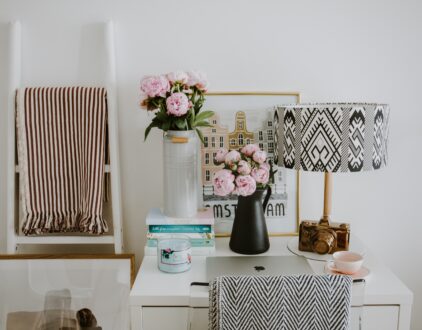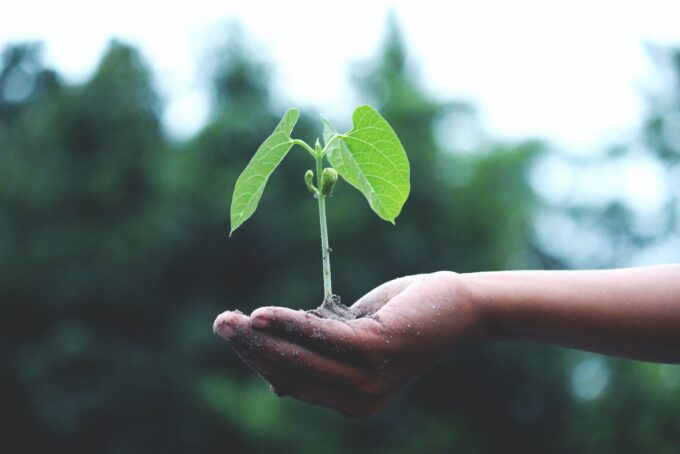So, you want to learn how to start a vegetable garden? It may seem difficult, but it doesn’t have to be. You can approach gardening like you would riding a bike: Practice makes perfect, and you can never forget it once you learn it. Yet, the first steps in learning how to garden seem to be the hardest. You don’t want to place unrealistic goals for yourself or your garden. But with a few tips to put you on the right path, you will find your green thumb journey rewarding and satisfying.
One of the tools you need if you want to take gardening seriously is the Farmer’s Almanac. The Farmer’s Almanac is every gardening and farmer’s dream—a sacred text if you will. It’s an annual periodical that forecasts the weather, planting charts, and a number of agricultural tips and resources.
Beginner Steps for Starting a Vegetable Garden
View this post on Instagram
Plant the Easiest Veggies To Grow
Start off with learning and mastering the easy veggies to grow. The easiest vegetable to grow is lettuce. It’s hard to mess up lettuce because it doesn’t take much for it to thrive. Also, most indoor herbs are easy to maintain outside, too. Herbs such as mint (but beware, mint can be invasive), lavender and basil can be transported from your kitchen window to your newly planted garden without much disruption.
Here is a list of other veggies that are easy to grow:
- Spinach
- Tomatoes
- Kale
- Carrots
- Beets
Select the Right Location
You want to pick a sunny location or an area that is mostly sunny. You also want to avoid areas that tend to flood as well. Picking the right location is pivotal for your veggies because you want your plants to be fruitful.
Choose the Right Size Area
You don’t want to start with a large garden. It’s better to start with a comfortable size and scale up than to scale down. With a smaller garden, you can learn from your mistakes without tearing up your entire yard in the process. Select a nice, sunny plot of roughly 100 feet if you plan on starting plants. If you want to start with raised beds, you can start with a smaller area that’s between 4×4 and 4×8.
Once you have these figured out, you are going to need to understand how important soil is to your plants. Some veggies need moisture while others don’t. Before you buy your seeds or live plants, establish the previous tips first to ensure you will have a promising harvest.
Starting a garden is a rewarding and fulfilling endeavor that anyone can embark upon with a little guidance and enthusiasm. By following these tips and suggestions, you are well-equipped to lay the groundwork for a thriving garden.
popular posts
- 1It’s Black Business Month, So Let’s Go Shopping and #BuyBlack!
- 2These Home Decor Items Will Instantly Make Your Space Look Outdated
- 3Black-Owned Home Decor Stores To Support Across the United States
- 4A Look Inside Elon Musk's Tiny $50,000 House
- 57 Black and Multicultural Designers To Follow For Design Inspo
Spaces
Whether it’s luxury or ease, every area of your home should be as fabulous and unique as you.
FOLLOW ALONG ON INSTAGRAM
#homeandtexture
Find us on social for more home inspiration where culture, personal style, and sophisticated shopping intersect to help you create a home where you love to live.








